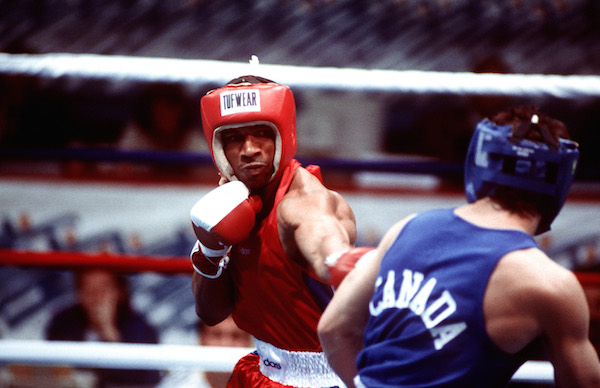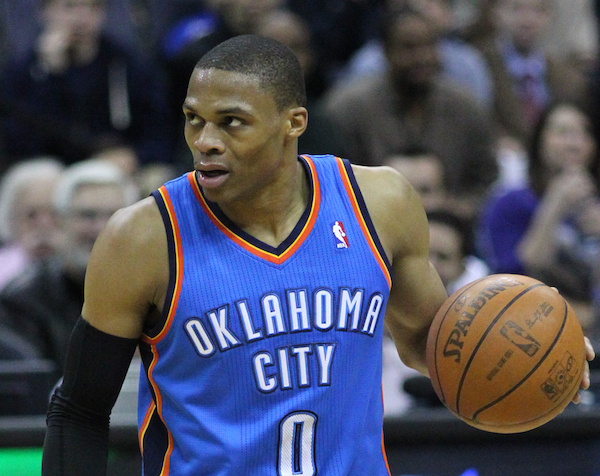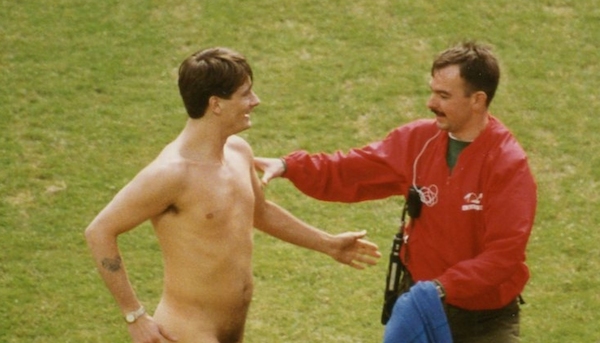Dear Sports Fan,
I don’t get why anyone watches boxing. It’s brutal and doesn’t seem all that interesting. Why do people like boxing?
Thanks,
Nick
Dear Nick,
Boxing is a truly brutal sport and you have my permission not to like it if you don’t want to. No one will make you! There are lots of people who do like boxing though and I think they have some pretty good reasons. There are a lot of things that are appealing about the sport. It’s a sport where fans really get to know the athletes because there are only two of them and they barely wear any clothing. Along with running, it’s the most elemental sport there is. It’s both highly technical and very emotional. Over the years, it’s also inspired a wealth of wonderful stories and the legacy of those movies, documentaries, newspaper and magazine articles, and books imbues the sport with an air of drama. Lastly, it’s kind of an old-school sport. During the middle of last century, boxing was one of the biggest sports in the United States. Being a boxing fan today gives you permission to enjoy a big does nostalgia. It’s also honest. There’s no pretending that the sport is about anything other than damaging someone’s brain or their body. There’s something to be appreciated about that, even if it is brutal.
Let’s explore some of these reasons in greater depth.
Boxing is elemental
Boxing is to sports what the paleo diet is to nutrition. There’s no sport which calls to our ancient hearts more than boxing. If prostitution is the oldest profession, then boxing (or running) is the oldest sport. Boxing is sport stripped down to it’s base elements. It’s just two people, trading punches until one person falls. Every other sport seems artificial and contrived in comparison. Offsides? Two-line pass? Block/charge calls? Boxing doesn’t deal with any of that nonsense — don’t kick or head-butt, don’t hit someone in the crotch… those are about the only rules. Part of the joy of watching sports is wondering what you would do in a similar situation. Would you come through? Would you battle through pain? That’s increasingly difficult to do in sports like football. How can you imagine yourself in a situation whose details are virtually beyond understanding. It’s hard to daydream about catching a hook route or a stop-and-go much less how you would attack a pulling guard to get to the quarterback. It’s easy to imagine being in a fight. Fights happen in real life all the time. You hope it doesn’t happen to you but it’s not hard to put yourself in that situation and think about how you would respond.
Boxing is highly technical
Of course, any real boxing fan will be squirming in their seat reading the previous paragraph. While it’s true that boxing is fighting and fighting is elemental, it’s not true that boxing is simple. It’s highly technical. If you listen to boxers talk about their fights, what’s usually going on in their heads is as foreign for most lay people as complex football concepts. Boxing is a highly tactical sport. Despite the fact that they’re getting hit, often in the head, constantly, boxers are busy trying to think one step ahead of their opponent. Something seemingly small, like how a boxer moves his left foot out an inch before throwing a particular punch, or how, after landing a punch to the head, they leave their right elbow a smidge too far to the outside, can be the difference between winning and losing. Clever boxers will spend whole rounds sussing these little weaknesses out or setting their opponent up by simulating a weakness of their own, only to make it disappear when the other guy least expects it.
Boxing tests athletes to their limit
How many times have you watched a soccer game and seen the players hug, trade shirts, and walk off the field smiling. Or an NBA game where players give each other dap before the games and stroll off after the game to get changed and do some media interviews. Forget about baseball, where professionals can still play two games in one day. Those sports are all hard in their own ways but they don’t test their participants the way boxing does. When a fighter steps into a boxing ring, they’re guaranteed to have an intense, life-altering experience. It happens every time. That’s why boxers only fight once to a handful of times a year as opposed to basketball with its 82 game regular season or baseball with double that amount. There are no substitutions or injury timeouts in boxing. If a fighter is injured, they lose. That’s kind of the point.
Boxing has great stories
Boxing has inspired great fictional movies like Raging Bull , The Fighter
, The Fighter , and Million Dollar Baby, not to mention the all-time classic, Rocky. There’s a slew of great articles and books about boxing like David Remnick’s
, and Million Dollar Baby, not to mention the all-time classic, Rocky. There’s a slew of great articles and books about boxing like David Remnick’s  King of the World,
King of the World, Norman Mailer’s The Fight
Norman Mailer’s The Fight , and Joyce Carol Oates’ On Boxing
, and Joyce Carol Oates’ On Boxing . If you’re in a documentary mood, check out these two lesser known films, Ring of Fire – The Emile Griffith Story
. If you’re in a documentary mood, check out these two lesser known films, Ring of Fire – The Emile Griffith Story about a fight that begun with gay slurs and eventually led to the death of one of the boxers or Kassim the Dream
about a fight that begun with gay slurs and eventually led to the death of one of the boxers or Kassim the Dream about an Ugandan child soldier who became a champion boxer. Boxing is one of the most personal sports out there and it’s rawness lends itself to compelling characters and dramas.
about an Ugandan child soldier who became a champion boxer. Boxing is one of the most personal sports out there and it’s rawness lends itself to compelling characters and dramas.
Thanks for reading, hopefully this has explained some of why other people like boxing, even if you never do,
Ezra Fischer







